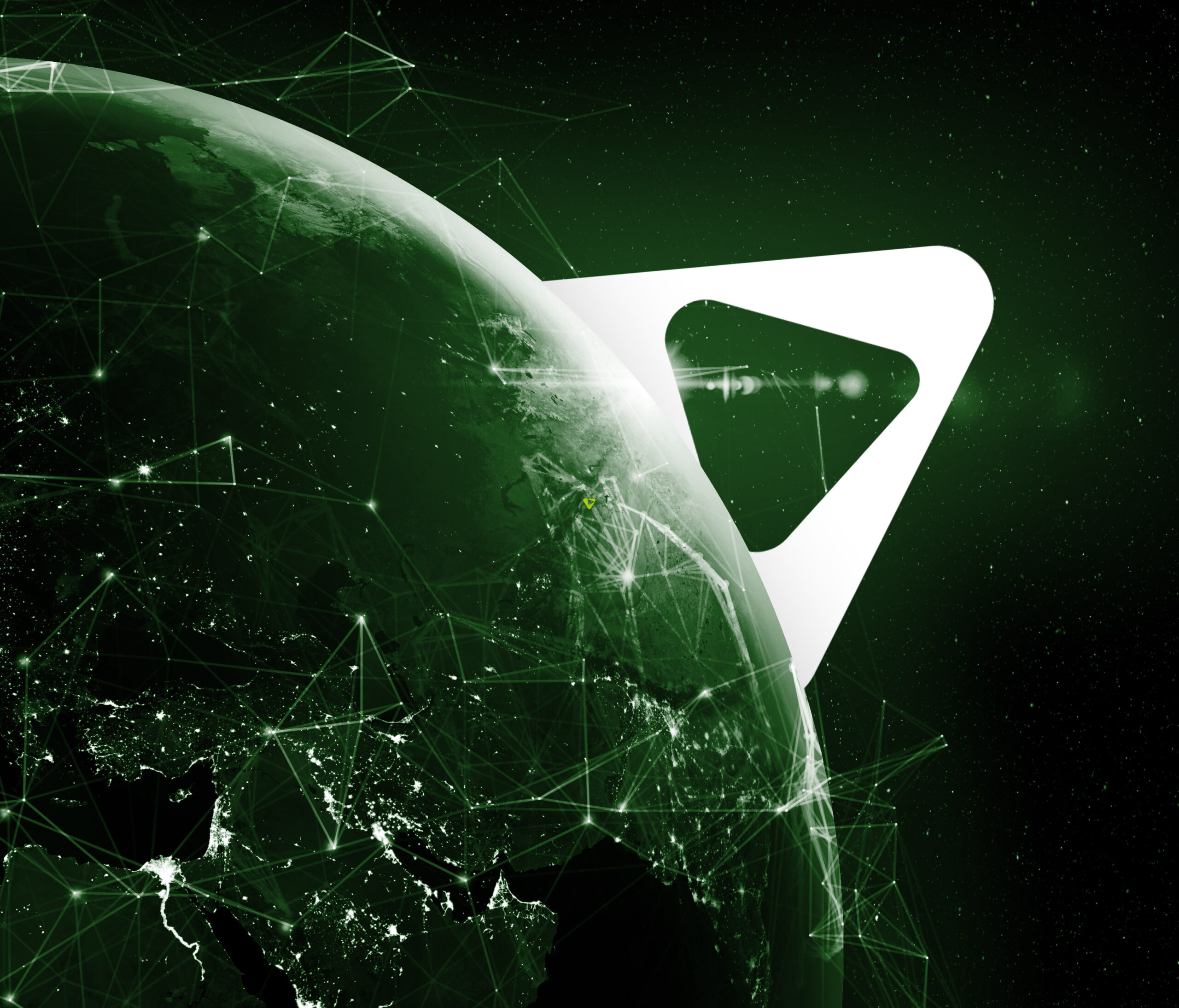The Fourth Industrial Revolution (4IR) marks a pivotal era of unprecedented technological advancements converging the physical, digital, and biological realms. This revolution is not defined by any specific set of technologies, but by the transformation in system connectivity and interactions enabled by breakthroughs across multiple fields, including robotics, artificial intelligence (AI), nanotechnology, quantum computing, biotechnology, the Internet of Things (IoT), 3D printing, and autonomous vehicles.
Here, we explore the defining features of the Fourth Industrial Revolution and its profound implications on societies and industries.
The Genesis of 4IR
The term “Fourth Industrial Revolution” was popularised by Klaus Schwab, founder and executive chairman of the World Economic Forum, who first introduced it in a 2015 article and further elaborated on it in his 2016 book. Schwab highlighted that this new era would build upon the digital revolution but would be distinguished by a fusion of technologies blurring the lines between the physical, digital, and biological spheres.
Core Characteristics of 4IR:
1. Interconnectivity: Through the IoT and vast mobile connectivity, devices and machinery are increasingly interconnected across the globe, creating networks that communicate and analyse data in real-time. This connectivity is leading to smarter supply chains, automated production processes, and tailored service delivery.
2. Smart Automation: Automation in the Fourth Industrial Revolution extends beyond physical robots in factories; it includes smart algorithms that can learn and make decisions. This integration of AI in various fields—from automated financial advisors and health diagnostics to predictive maintenance systems—ushers in a new level of operational efficiency.
3. Cyber-Physical Systems: 4IR sees the rise of cyber-physical systems which integrate computation, networking, and physical processes. Embedded with software, sensors, and connectivity, these systems, like smart grids or intelligent transportation, transform traditional infrastructure into smart setups.
4. Technological Fusion: Unlike previous revolutions, 4IR is characterised by a combination of technologies across physical, digital, and biological domains. For instance, genetic engineering combined with machine learning algorithms to personalise medical treatment or the use of nanotechnology to make more powerful and less energy-intensive computing components.
Impact on Industries and Societies
The Fourth Industrial Revolution has the potential to raise global income levels and improve the quality of life for populations around the world. For industries, the implementation of intelligent automation and advanced data analytics is maximising efficiency, enhancing productivity, and fostering innovation.
However, 4IR also poses significant challenges. The rapid pace of change leads to skill mismatches in the workforce as jobs evolve or become obsolete. There is also a growing concern about privacy, security, and ethical issues as more personal data is collected and analysed.
Navigating the Fourth Industrial Revolution
To harness the benefits of 4IR while mitigating its risks, both proactive governance and a new framework of regulation are essential. This includes policies that encourage innovation while protecting citizens from potential downsides, such as job displacement and loss of privacy.
Education systems must adapt, focusing more on skills that AI and machines cannot replicate easily, such as creative problem-solving, emotional intelligence, and interdisciplinary knowledge. Furthermore, businesses need to reassess their operations and strategy to align with rapidly changing technologies.
The Fourth Industrial Revolution is reshaping the world as we know it, creating profound changes in the way we live and work. It offers immense opportunities but also significant challenges that require thoughtful management. As this revolution unfolds, adaptability and thoughtful integration of new technologies will be key to ensuring that its benefits are maximally leveraged while its risks are minimised. This is not just a technological revolution but a cultural and economic one that demands a comprehensive understanding and cooperative global approach.
More articles


